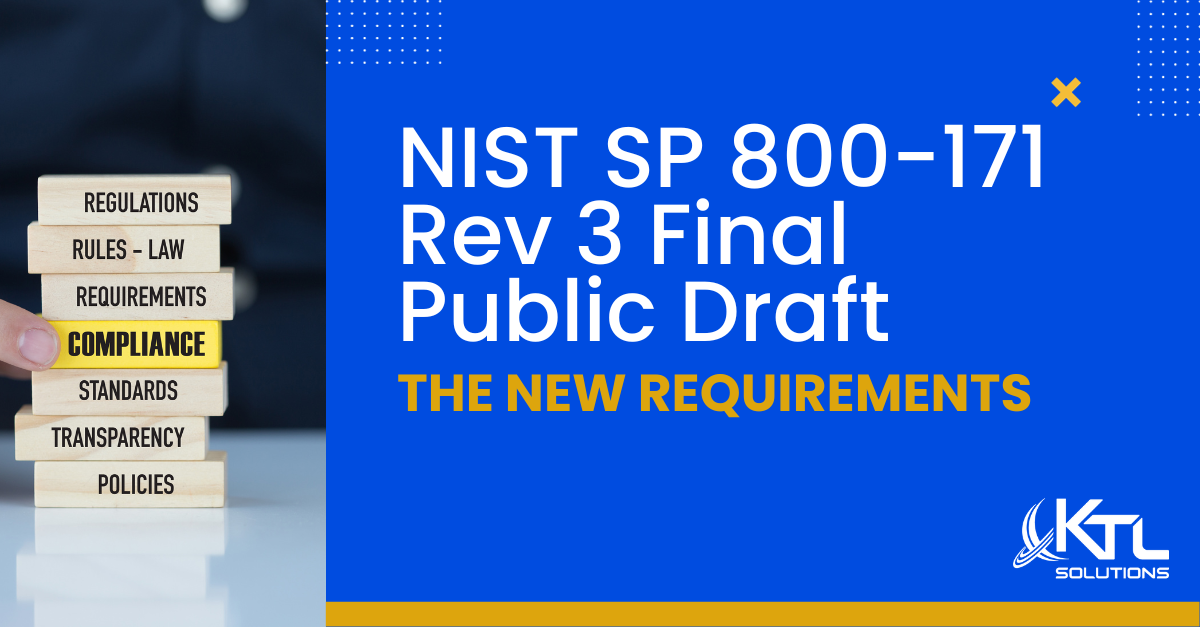Forecasting, budgeting, business planning; what is the big deal? It is an important topic and at our User Conference, we had sessions and speakers talking about this.
In the past, some mid-sized and most small companies have managed to grow and be profitable without formal planning and strategic visions. For some executives, budgeting and planning seems like a lot of wasted effort to creating fictional numbers that are a guess today and completely irrelevant in six months!
However, changing economic landscapes demand that all organizations have a strategy and execute nimbly against that strategy. Small firms can manage this using Excel and regular planning sessions. But most mid-sized organizations cannot allocate the resources large companies have to planning and budgeting yet are not small enough to manage the process using stand alone tools. Because of these conditions, one of the most important skills of any business owner or C-level executive in mid-sized firms is the ability to envision a strategic roadmap that creates positive change in their companies by making their budgeting and planning more effective.
How do we do realistic budgeting and planning and marry it to strategic objectives?
Strategic Objectives, Forecasting and Budgeting
For some executives of mid-sized companies, “strategy” seems like a theoretical exercise better suited for large corporations with bloated staffs. But strategic planning is necessary for mid-sized companies in today’s rapidly evolving business climate. Successful mid-sized companies implement strategies using a set of tactics to achieve objectives. To optimize results, the objectives of all business units and individuals must be consistent and aligned with strategy. A marketing department has objectives, individual sales executives have objectives and the finance and treasury people have objectives. However, without an overarching strategy, it is highly questionable whether these objectives are as coordinated, complementary and consistent as they should be.
A company strategy, at a minimum, should:
- Chart a course of action that links company vision with an operational plan and resources.
- Analyze external alternatives in economic and competitive conditions.
- Define measurable objectives.
One of the best ways to define measurable objectives is by using a budget as a planning tool linked to the company vision.
The Budgeting Challenge
When CFO Magazine1 examined the state of corporate budgeting and planning in mid-sized companies seven years ago, the only common ground between finance and operating units was that they all hated the process. Line managers saw budgeting as an irrelevant and time-consuming data-entry project. It was equally cumbersome for finance departments, which distrusted the results. Both finance and operations despised the ensuing numbers negotiations, which tended to reward the most politically savvy hagglers. How do we attack this historical negativity to produce meaningful budgets aligned to strategic objectives?
The purpose of a budget is to give you a visual description of the expected financial results of your business activities. The act of budgeting for your business forces you to think through all the important numbers and to develop a picture of what your business is going to look like in three, six, nine and twelve months. A budget is a powerful business tool that will help you make better decisions. It enables you to develop and maintain a thorough understanding of the internal financial workings of your business. Ventana Research2 has found companies that have successfully improved their budgeting process respond faster and with greater coordination to changes in the economy, markets and to their competitors. They have greater visibility and deeper insight into how their organization is positioned to address market challenges. So how does a company use budgeting as an effective tool?
The Budgeting Solution
To better understand if your budgeting and planning process is as effective as it can be, consider the following questions that require honest reflection:
- Is the budget linked to the company’s strategic direction? Are the objectives realistic, given the allocation of resources, or is the budget just an extrapolation of last year’s budget (which is probably driven by political clout, not strategic necessity)?
- Is the budget accurate and trusted? Does the budget process itself becomes a burden to staff or create systematic errors? How many of these errors remain undiscovered?
- Does the budget help with the company’s agility? When changes in the economy or competitive landscape occur, can the company change its budget to support it’s strategic goals? When things are not going as planned, how well can the company respond in a coordinated fashion?
- Does the budget provide insight into interdepartmental efficiencies? What assumptions are people making in forecasting revenues and expenses? Does the revenue forecast make sense given the sales budget? Are there too many or too few support personnel?
Making budgeting more strategic, accurate, agile and efficient means having a collaborative process that encourages dialog. In practice, this means eliminating as much of the pure mechanics of pulling the numbers together so that the following results:
- Greater participation–Every manager with budget authority participates in budgeting and planning to encourage buy-in and promote responsibility at the lowest levels of the company.
- Improved coordination–Cross-functional dependencies are explicit. For example, manufacturing knows well ahead of time precisely when engineering and development plan to complete product testing, and what promotions marketing has planned – or plans to change – over the next several quarters.
- More transparency–senior managers get a clearer picture of all facets of the enterprise. Making budgeting more efficient means the time and resources saved by eliminating roadblocks can be dedicated to activities that will improve performance, something those involved in the process are “too busy to do” right now.
Ventana Research2 has found companies that adopt dedicated budgeting software are better able to make their planning process strategic and more accurate, are able to respond to changing conditions with more agility and are able to increase their insight into how well their business and individual employees are performing. Companies find that using spreadsheets to budget are error prone, cumbersome and tend to be static. Companies that have not yet incorporated budgeting software should make it a priority to consider it.
By using dedicated budgeting software, organizations can transform what for most is a very static process into a tool for dynamic management. Research shows companies that use electronic spreadsheets for planning and budgeting have to devote too much time to the mechanics of the process, while the information they collect is too narrow and static to be as useful as it could. However, while adopting new software can help companies improve their understanding and insight of trends and changes in their business, management must use the capabilities of dedicated budgeting tools to achieve full value from them. Dedicated software also eliminates the barriers that spreadsheets create. These barriers make it difficult to create an environment that fosters insight and perspective. Companies need to expand participation and iterations in the process as well as focus everyone’s efforts on thinking and analyzing on the right level of detail rather than spending time on the mechanics of communicating numbers back and forth. Mid-size companies in particular should be able to achieve a significant payback from using this kind of software because it can address some of the structural problems of being “stuck in the middle.”
Here at KTL Solutions, we have seen great success in using different tools (depending on workflow, reforecasting, number of departments etc.), helping our mid-sized organizations integrate budgeting into their strategic vision. The ease of use and single database of these tools allow budgeting that be rolled out of finance into the rest of the organization and used to measure outcomes and outputs aligned with strategic plans.
Conclusion
Budgeting and planning activities are very important to the duo goals of growth and profitability for mid-sized companies. Dedicated budgeting and planning software is the key to making the process strategic, accurate and agile. Ventana Research2 has found mid-size companies linking their strategic vision to operational activities by using budgeting software increase their insight into the business, enabling them to react faster to changes in their company or environment and make decisions to improve their performance. If you want to learn more about this, come to our User Conference and see how all this can work for you.
1 –CFO Magazine, “More Companies are Writing Budgets that Reflect Strategy and Reduce Frustration”, Tim Reason, July 1, 2005
2 – Ventana Research “Making Budgeting and Planning a Tool for Success”, Whitepaper, 2004
STEVE HAMMETT | Director of Sales
Steve graduated from University of Maryland, Baltimore, with a Bachelor of Science (B.S.), in Economics and a few years later, a Master of Science (M.S.), in Information Technology. He has helped organizations for over fifteen years to solve business problems using technology. He is well informed with all Microsoft Business Solutions and is a Solutions Certified Sales Representative. For fun he looks to the outdoors, whether water, where he is a sailor (Coast Guard certified in Costal Piloting and Navigation), a PADI certified scuba diver, and a certified Red Cross Water Safety Instructor, or land, where he is a skier, hiker and mountain biker.



































